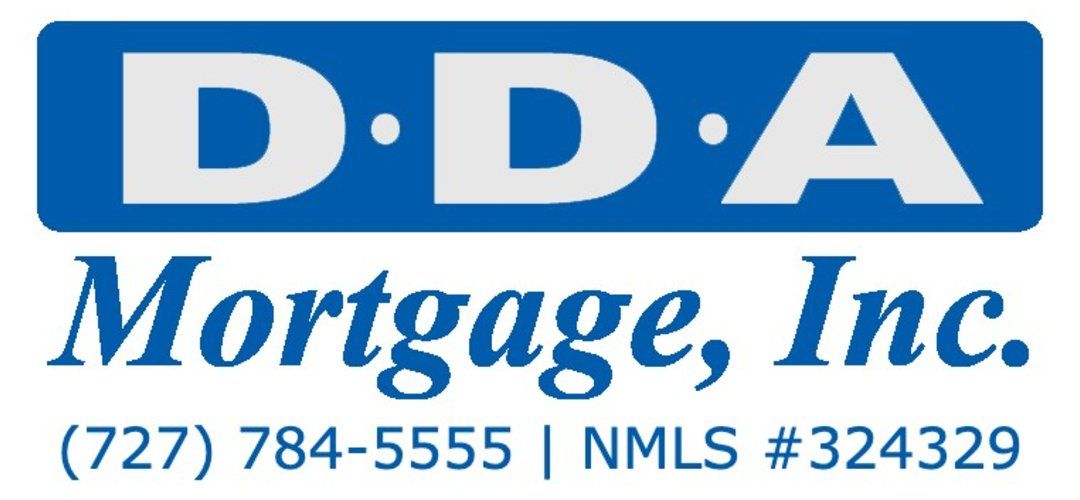Forbearances hold steady as exits slow
Forbearances hold steady as exits slow
The U.S. forbearance rate held relatively steady last week, rising one basis point to 5.38% of servicers’ portfolio volume, according to a survey from the Mortgage Bankers Association released on Monday.
The virtually unchanged rate of forbearance volume can be attributed to a stalemate between steady declines in almost every investor class and a whopping 26 basis point jump in portfolio loans and private-label securities, bringing their forbearance share to 8.94%.
Fannie Mae and Freddie Mac, on the other hand, once again claimed the smallest forbearance rate at 3.11% while Ginnie Mae loans in forbearance, which include loans backed by the Federal Housing Administration, fell 6 basis points to 7.61%.
“The good news is that the forbearance numbers for GSE loans continues to decline more consistently, as these borrowers typically have stronger credit and more stable employment,” said Mike Fratantoni, MBA’s senior vice president and chief economist.
Starting Nov. 2, the MBA began reporting the number of borrowers who continued to make their monthly payments during their forbearance period and have since exited. Since that date, the MBA has revealed that the number of up-to-date borrowers has consistently dropped, and Fratantoni noted the rate of exits from forbearance also slowed in the week prior.
In today’s low-inventory environment, complicated by external factors such as forbearance and foreclosure moratoriums, it’s crucial for real estate agents and brokers to be proactive in order to grow their business.
Presented by: PopStream
Data analytics company Black Knight noted that last week’s sluggish forbearance removals were the second lowest weekly removal volume observed to date since the company began monitoring the situation in April.
“Removal rates have also slowed noticeably following the six-month point of forbearance plans,” said Andy Walden, director of market research for Black Knight. “This suggests that those borrowers who remain in forbearance were likely more heavily impacted by the economic downturn and thus are less likely to leave such plans before the full allowable 12-month period runs down.”
Of the cumulative forbearance exits for the period from June 1, 2020 through Jan. 17, 2021, 28.7% represented borrowers who continued to make their monthly payments during their forbearance period – a one basis point drop, according to the MBA.
During that same time period, those who exited without a loss mitigation plan in place also fell slightly to 13.4% from 13.5% the week prior.
The MBA once again estimates there are now 2.7 million Americans in some form of forbearance, and that number has remained unchanged for nearly two months.
According to a recent paper from researchers at the business schools of Columbia University, Northwestern University, Stanford University, and the University of Southern California, by October 2020, debt
forbearance allowed U.S. consumers to miss about $43 billion of debt payments. If trends continue, more than 60 million consumers would miss about $70 billion of their debt payments by the end of the first quarter of 2021.
Start Your Loan
with DDA todayYour local Mortgage Broker
Mortgage Broker Largo See our Reviews
Looking for more details? Listen to our extended podcast!
Check out our other helpful videos to learn more about credit and residential mortgages.





